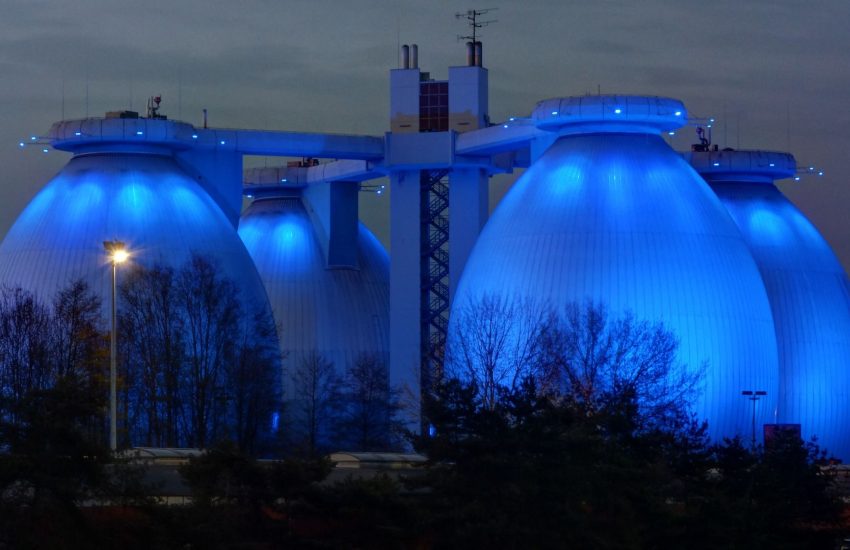Clinker brick or stone facade How to create a facade in raw post-industrial style
Clinker brick or facade stone? How to create a facade in a raw post-industrial style?
Not only the interior, when it comes to the arrangement is important. Also, the facade should be maintained in the chosen style, and the fine finishes should correspond with the space around, so that the house fits into the architecture of the area. Natural materials, such as facade stone, work great here. In urbanized areas, creating a post-industrial style facade can be an excellent choice.
How to do it right?
First: facade finished in decorative concrete and stone elements on the pedestal
The first proposal for finishing the facade in the industrial style is a combination of facade stones and decorative concrete. Of course, both elements must be characterized by frost resistance, as well as resistance to moisture. Fortunately, you can find decorative concrete with such properties, which is suitable for finishing the facade. Stones, such as slate or granite – which, due to their water repellent properties after impregnation, are best suited for facade arrangements can be used to finish the plinth.
Such a facade looks raw. If there are natural rock elements nearby, everything will work together cohesively. Similarly, in a situation where there are old farm buildings close by, somewhat run down and having a gray finished facade, such a choice will harmonize with them and other post-industrial surroundings.
Second: clinker brick or clinker tile and the combination of different shades
In areas next to former mines or places where there were large farms, elements of which can be found in Silesia and northern Poland, it is also possible and even worthwhile to choose an industrial facade arrangement. Neighboring brick buildings can provide inspiration here. So, for the finishing material we can choose clinker brick or clinker tile. In the first case, the post-industrial arrangement will be extremely cohesive, and such a finish needs to be planned even before the walls are erected, as you need to properly calculate the load on the load-bearing walls, which will have three layers in this case. This has its advantages not only in the raw finish, but also in the additional layer of thermal and acoustic insulation of the building.
Of course, you need to be very careful and skillfully apply this method, and use expansion joints and moisture protection, so that the surface of the bricks does not appear a green tarnish after a short time. Finishing the walls of the house with a clinker tile can also look interesting. Here we have more room to choose the color scheme.
In addition to the traditional brick shade, you can opt for example. For a combination of black and white, or gray and black. The latter will perfectly highlight the industrial design. It is worth thinking about the details beforehand here, as wooden window frames will work well for this style, but you can also choose aluminum frames.
Third: quartzite slate on the pedestal and around the windows in combination with gray plaster
Our next industrial suggestion for finishing a facade is a combination of quartzite slate and gray plaster. Gray, black, brown and brick shades are the best choice for industrial style, and quartzite slate can include all the mentioned shades. Naturally shaded facade stone works well with gray silicate plaster, resistant to adverse weather conditions.
Facade stones should be properly impregnated before laying, so that they gain protection from moisture soaking. Slate will look great as a finishing material for pillars, the facade of the building, as well as the plinth. It will also compose perfectly with brown or red roof tiles.
Fourth: Granite foundation and slate facade interspersed with wood-like panels
It is not necessary to use a combination of two materials to finish the facade. Even more interesting can be the use of three, of course, properly composed. An example of such a successful combination can be the use of granite foundation and slate interlaced with wood panels.
You can also use wooden panels intended for the facade, of course, here you have to reckon with the need for periodic impregnation. Facade stone, such as granite, will do a great job of protecting the pedestal from soaking and will make it look impeccable for many years.
The arrangement of the facade in the industrial style can be extremely interesting. The use of different materials, patterns and complementary or contrasting colors can give an interesting effect in post-industrial design.


